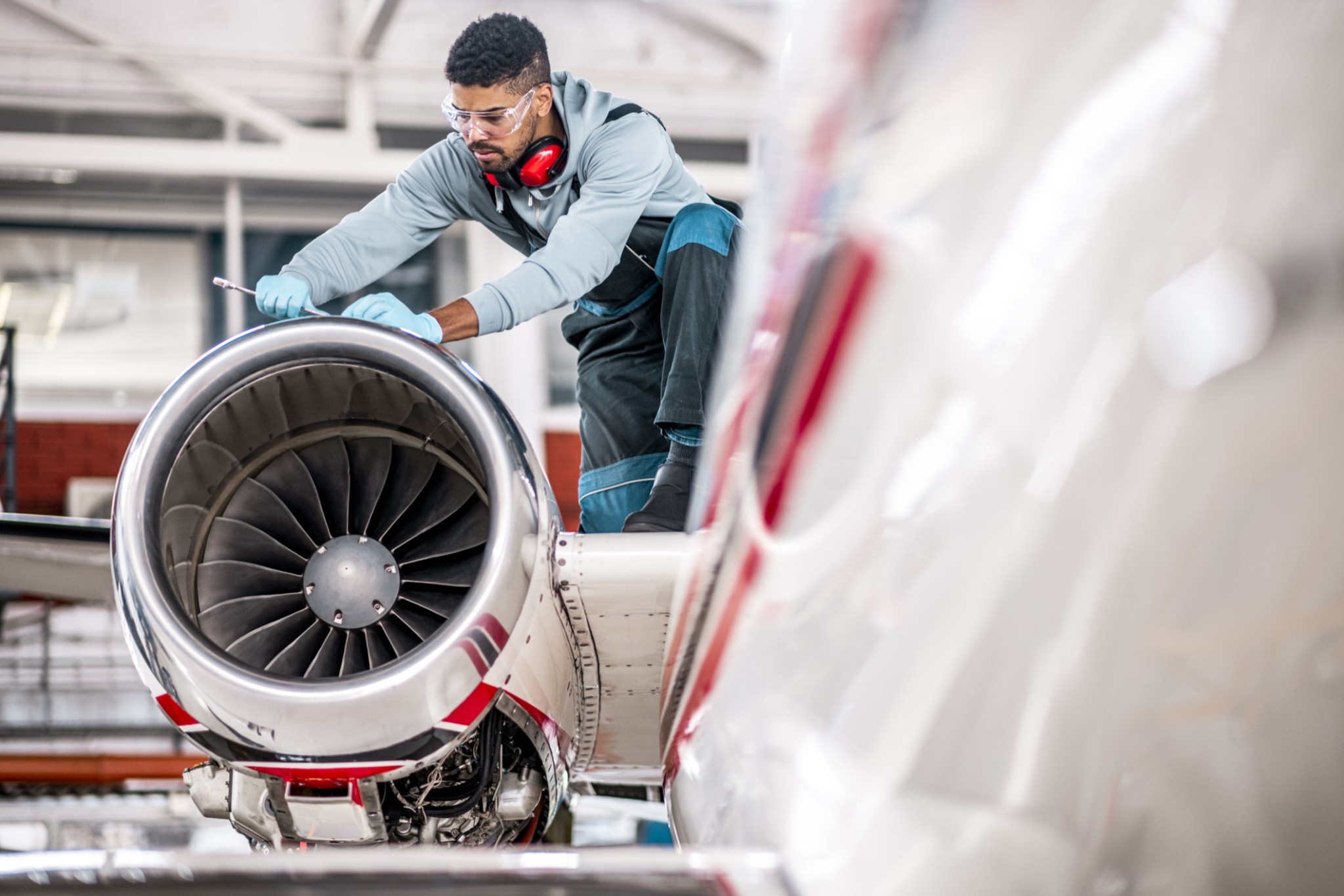
Deferred Engine Programs…Do Your Homework!
Date
April 19, 2024Author
Mark Stear, Sales DirectorRecently, my jetAVIVA colleague, Gavin Flynt, shared some insights on the rising costs of aircraft engine overhauls and maintenance. In this article, let’s dive deeper into the pros and cons of popular hourly engine maintenance programs.
Aircraft engine maintenance programs have been around for decades. The concept is simple and allows the owner or operator to ‘pay as you go’ for future scheduled and unscheduled major inspection and maintenance events rather than pay large sums out of pocket when those scheduled events occur. Most of these programs today include coverage for catastrophic failures and some versions include coverage for engine removal, shipping and re-installation. Others may even offer financial protection for FOD and corrosion damage. So, for one hourly payment you may essentially receive a targeted savings account, extended warranty and comprehensive insurance coverage; not to mention peace of mind!
In most cases, the basic program and its accumulated value stay with the engines and are transferable to the next owner, usually with a nominal transfer fee. The resale market has accepted the standard practice that an aircraft whose engines are ‘on a program’ equates to mid-time engines when considering its value, taking the uncertainty of engine value out of the equation and simplifying the transaction.
Some will argue that the program provider, whether it’s the manufacturer or a third party, is making a profit on the program, and therefore believe it would be more economical to self-fund future scheduled events. In fact, large fleet operators often self-fund their own in-house accounts assuming that within their fleet a higher-than-average event cost on one engine will be offset by lower-than-average event cost on another engine. Statistically, that may be true, but the single airplane owner also bears the risk of an abnormally higher overhaul or hot section event for any given engine.
As the popularity of these programs has continued to rise over the years, the majority of owners of newly delivered airplanes have elected to enroll in an engine program right out of the factory. But, what about some older airplanes that may have never been enrolled? There are typically two options available; pay a lump sum to ‘catch up’ and then pay the going rate going forward or enroll now at the current rates and pay the outstanding lump sum at the next event. This solution is often referred to as a flex or deferment program.
The pre-owned market has embraced this concept and it does indeed offer flexibility in allowing those who adopt those programs some measure of risk mitigation going forward, while possibly deferring a large expense to some future date. As a high-volume broker and acquisition agent, jetAVIVA has seen many of these arrangements and we have also seen some of the unintended consequences, usually a result of a well-meaning buyer and/or seller not fully understanding the details of a deferred program. Here are a few examples pertaining to engines typically found on light jets, and some guidance to be aware of:
Buy-In: Most program providers offer the opportunity to buy into the program by simply paying for previously unpaid hours and signing an agreement committing to a certain time period at a quoted hourly rate going forward.
Pros: Program coverage begins in accordance with the terms of the agreement usually upon enrollment.
Cons: Rates are usually based on a review of the engine’s usage and maintenance history, and you may be paying today’s rates for all previously unpaid hours.
Deferment: Several program providers offer a payment deferment plan as a modification of the buy-in option. These are referred to by several names including the “Flex” option under Pratt & Whitney ESP Program, “Flexible Pro Rata” under the JSSI program, and TAP “Buy-In with Deferment” under Williams International’s TAP programs.
- The JSSI “Flexible Pro Rata” program is probably the simplest. Let’s say your engines are scheduled for HSI at 2,000 hrs and your overhauls are due at 4,000 hrs, and you initiate the program at 800 hrs. You pay the going hourly rate from 800 hrs forward, and when you reach 2000 hrs you pay 40% (800/2000) of the actual HSI cost, and the program pays the other 60%. Then at OH, assuming you’ve kept the account current, you pay 20% (800/4000) of the actual OH cost and the program pays 80%. The primary risk here is whether you’re paying your fair share of the actual costs of the event. If the cost of this event is higher than average your percentage will be higher than average as well. Of course, that could work in your favor too, but in either scenario you’ve also deferred program costs from years prior to a pro rata share in today’s dollars.
- The Pratt & Whitney Flex option allows a deferred payment, of which 20% to 50% (depending on aircraft type) is typically due at enrollment at the current program rates. The deferred hours payment will be due at the next major event at the then current rates. Deferments are not transferable and must be paid at closing when selling the aircraft.
- The TAP “Buy-In with Deferment” option allows deferment of 100% of the unpaid hours, and also requires that you pay the deferred program hours at or before the time of the next scheduled event at the then current rates. With today’s swiftly rising rates, this is not insignificant! TAP’s deferments are transferable, so whether you are the buyer or the seller, be sure you fully understand the value, status and obligations that are being transferred.
Pros: Other than a nominal enrollment fee, the majority of the buy-in costs can be deferred until the next significant scheduled maintenance event; typically, a hot section or overhaul. Full program coverage begins in accordance with the terms of the agreement usually upon enrollment.
Cons: This is where it pays to do your homework! Regardless of which program is covering the engines, be sure to do your homework and fully understand its status and your potential cost exposure before you buy or sell the airplane. As my colleague, Gavin, discussed in his article, the cost of maintaining the whole airplane and its engines is probably well more than normal CPI indices. Case in point; we are aware of a recent scenario on a TAP deferment of $480,000 in 2020 dollars. The rates were unchanged in 2021, but by 2024 had risen by 42%. That $480K deferment was now $680K! If the owner had chosen to pay the deferment in 2020, or even 2021, he would have saved $200K.
Note that these programs may allow you to make ‘catch-up’ payments in lump sums along the way to help mitigate some of those future rate increases. A full-service broker like jetAVIVA can help tremendously in leading you through this process. Whether we are representing the seller or the buyer, one of our first tasks is to get the owner’s permission to fully vet and confirm the status of every program associated with each aircraft under contract. We look forward to helping you soon!



